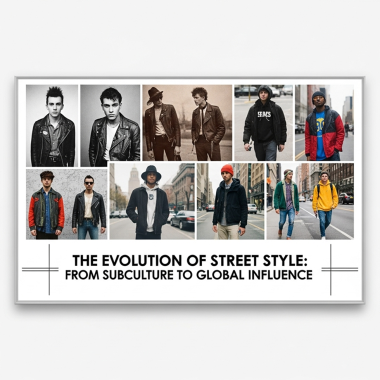Few fabrics boast the universal appeal, versatility, and sheer cultural significance of denim. What began as a utilitarian cloth for laborers in the American West has transcended its humble origins to become a global fashion icon, a ubiquitous staple in wardrobes across every demographic, age group, and social class. Denim’s enduring allure lies in its unique blend of rugged durability, effortless cool, and an uncanny ability to evolve while retaining its timeless essence. It’s more than just a fabric; it’s a symbol of rebellion, comfort, and authenticity that has continuously redefined style for generations.
The journey of denim began in the mid-19th century, notably with Levi Strauss and Jacob Davis, who patented the process of riveting work pants for added strength. These “waist overalls” were designed to withstand the rigors of mining and ranching, quickly becoming the uniform of the working class. Their indigo blue color was chosen for its ability to hide dirt, and the fabric’s sturdy weave made it incredibly resilient. This practical foundation laid the groundwork for denim’s future, embedding in its DNA a sense of hardiness and reliability.
However, denim’s transition from workwear to fashion statement truly took hold in the 20th century. Hollywood played a pivotal role in this transformation. Icons like James Dean in “Rebel Without a Cause” and Marlon Brando in “The Wild One” donned jeans, instantly imbuing them with an aura of rebellion, defiance, and youthful nonchalance. This cinematic portrayal resonated deeply with a generation seeking to break away from traditional norms, cementing denim’s status as a symbol of cool counter-culture. By the 1950s and 60s, jeans were no longer just for workers; they were a uniform for teenagers, artists, and anyone looking to express a sense of effortless cool.
The 1970s saw denim explode into various forms beyond basic jeans, with denim jackets, skirts, and even shirts becoming popular. Designers began experimenting with different washes, fits, and embellishments, pushing denim further into the realm of high fashion. The 1980s brought designer denim, turning a once-affordable staple into a luxury item, while the 1990s embraced distressed and baggy styles, reflecting a grunge and hip-hop aesthetic. This continuous reinvention is a testament to denim’s adaptability, proving it can be simultaneously rugged and refined, casual and chic.
What truly sets denim apart is its unique ability to age gracefully. Unlike many other fabrics that wear out, denim develops character with every wash, tear, and fade. The individualized marks – whiskers, honeycombs, stacks – tell a story of the wearer’s life, making each pair of jeans a unique, living canvas. This personal evolution contributes to its emotional appeal; a well-worn pair of jeans feels like a second skin, comfortable and imbued with memories.
In contemporary fashion, denim remains as relevant as ever. From sustainable denim initiatives focusing on reducing water consumption and chemical use to innovative weaves and technical treatments, the industry continues to push boundaries while honoring its heritage. Whether it’s classic straight-leg jeans, skinny jeans, wide-leg trousers, or a chic denim jacket, the fabric continues to adapt to new trends while retaining its core identity.
In conclusion, denim’s journey from humble workwear to global fashion phenomenon is a remarkable testament to its inherent qualities. Its durability, versatility, and ability to reflect and shape cultural movements have cemented its place as a timeless wardrobe essential. The enduring allure of denim lies in its capacity to be both a blank canvas for personal style and a powerful symbol of individuality and effortless cool, truly a fabric that defines generations.



